Management of invasive plants in British Columbia is a complex task involving a range of jurisdictions, legislation, policies, and guidelines. This report examines the current status of invasive plant management in BC, concentrating primarily on the role of range and forest tenure holders under the Forest and Range Practice Act (FRPA).
Invasive plants are species that are non-native to a respective ecosystem under consideration and whose introduction causes, or is likely to cause, economic or environmental harm, or harm to human health. Uncontrolled, these species can invade new environments and alter the structure and function of natural ecosystems. In 1995, an estimated 100,000 hectares of grassland and open forest were infested with a variety of invasive plant species, including knapweed, and at least another 10 million hectares of Crown land were susceptible to invasion.
A 60-year history of fire suppression, insect and tree disease epidemics, and logging practices are all contributing to a build-up of fuel in our forests. Meanwhile, the encroachment of urban development into forested areas increases the risk of catastrophic wildfires with excessively high fuels create a risk to the public and to important forest values, such as community watersheds and habitat for endangered species. This special report explores issues related to the build?up of fuels, particularly with respect to forest practices. The scope of the report is the fire-prone ecosystems in the southern part of the province.
The Forest Practices Board is mandated to audit government’s and agreement holders’ compliance with forest practices legislation, and the appropriateness of government enforcement. This mandate began under the Forest Practices Code of British Columbia Act (the Code) in 1995, and continues under the Forest and Range Practices Act (FRPA).
Board audits are independent external audits. Audit findings are reported to the public and responsible government ministers. FPB audits differ substantially from internal company audits or those undertaken for most other purposes. Significant features of the FPB audit program are:
Related News Release
The former planning-based regulatory regime for forest and range practices in British Columbia is being replaced by a new regime that is described as results based. Under the new regime, only one plan requires public review and government approval—the forest stewardship plan. The Forest Practices Board examined the attributes of 15 of the earliest forest stewardship plans (FSP). The Board decided to identify potential concerns now in the hope that these comments will be constructive and will help to influence the content of the many plans currently in development.
This investigation reviews the achievement of free-growing status – replacement of logged sites with healthy new forests – by licensees across BC. It provides an update to a 2004 investigation of the same subject.
British Columbia is proud of its sustainable forest management practices. Following the logging of public land, forest companies are required to reforest the site with native species and establish a new crop of trees. Each year, more than 200 million seedlings are planted in the province. Forest companies are then required to tend those trees for a number of years, to ensure they survive and grow into a healthy new forest. Once the trees reach this stage, called ‘free growing,’ the companies are relieved of their responsibility to look after the trees, which once again become the responsibility of the Crown.
The free-growing standard is the principal benchmark in measuring the achievement of reforestation objectives in BC. Free growing means that licensees have re-established, on a logged area, a stand of healthy, growing trees that can continue to thrive without further intervention. Achievement is based on a set of stand measurements, taken at a predetermined time, with clear criteria for determining free growing. The deadline for licensees to achieve free growing is known as the “late free-growing date.”
